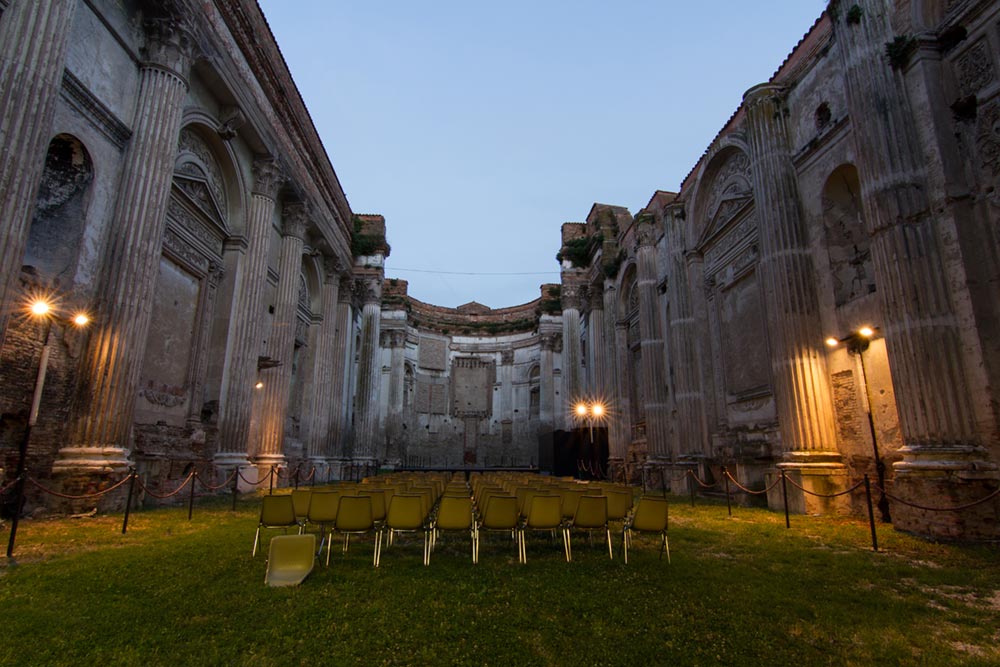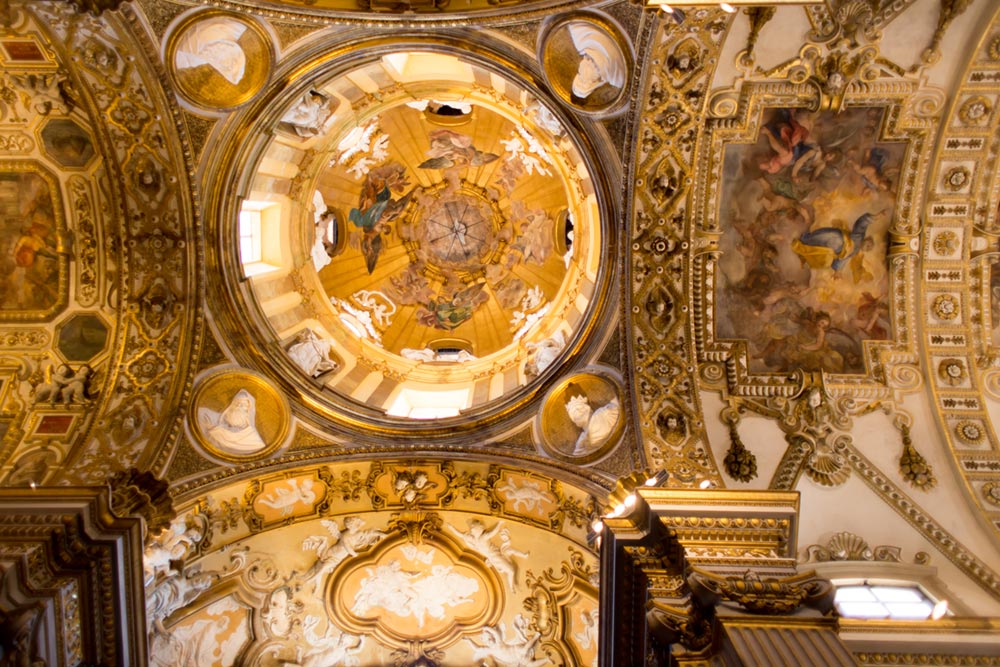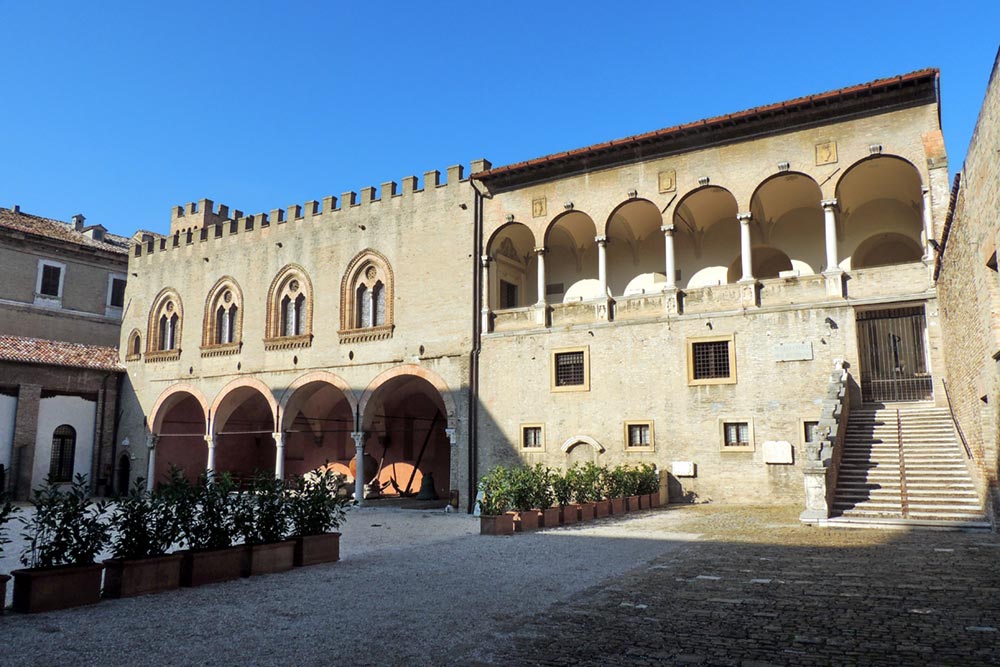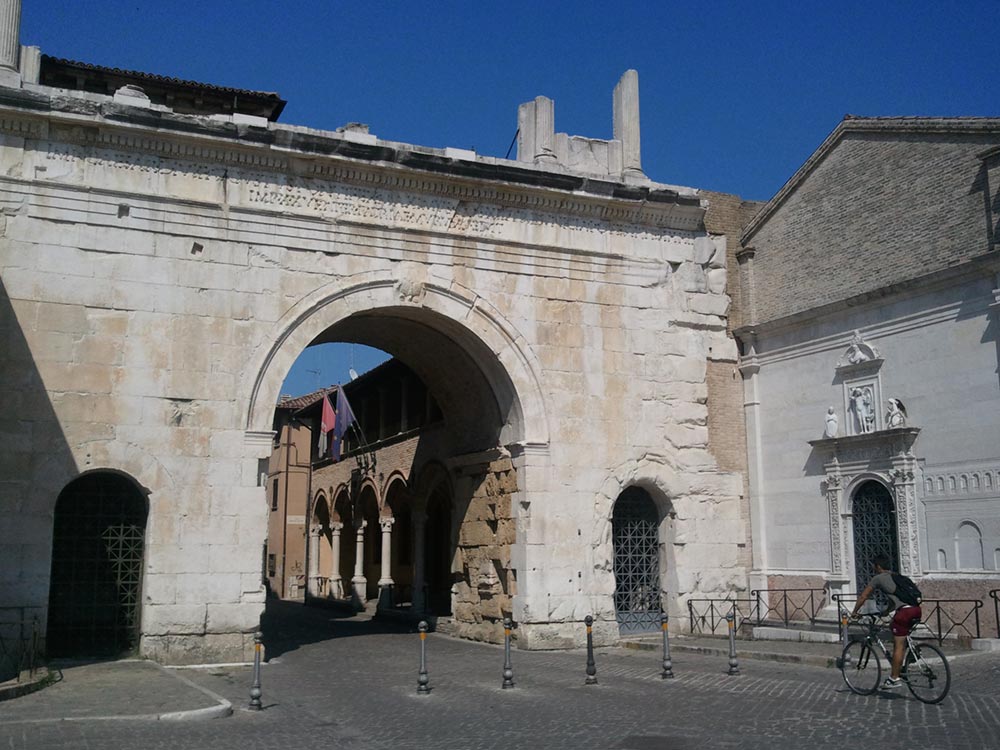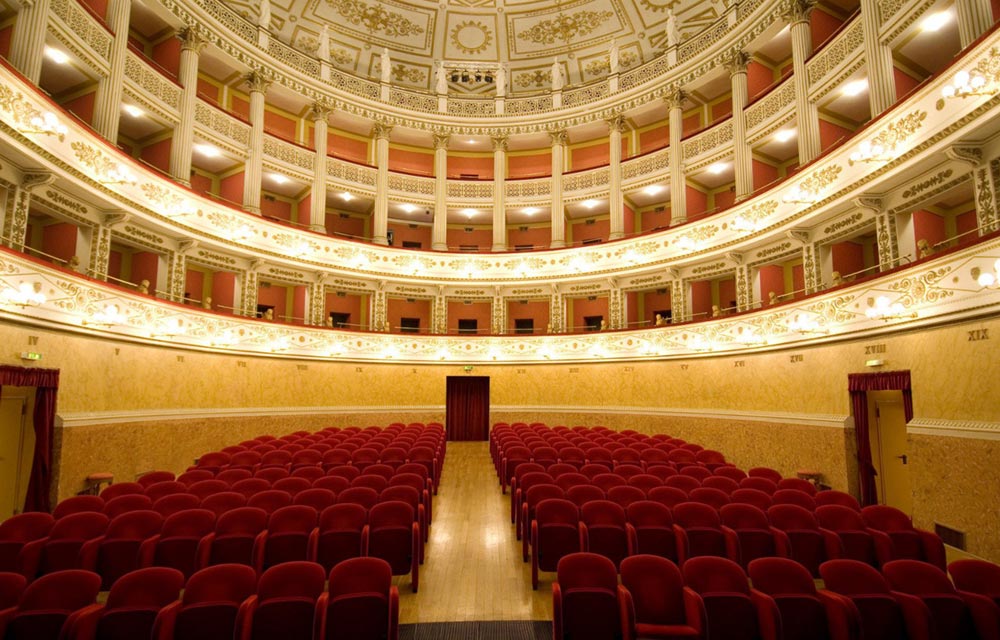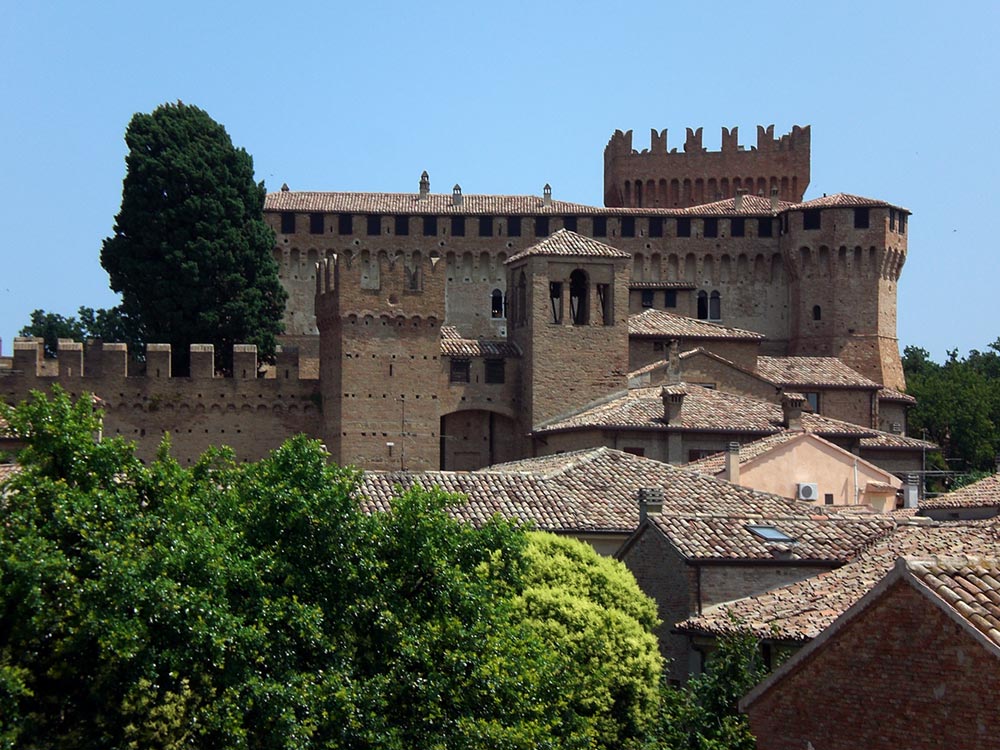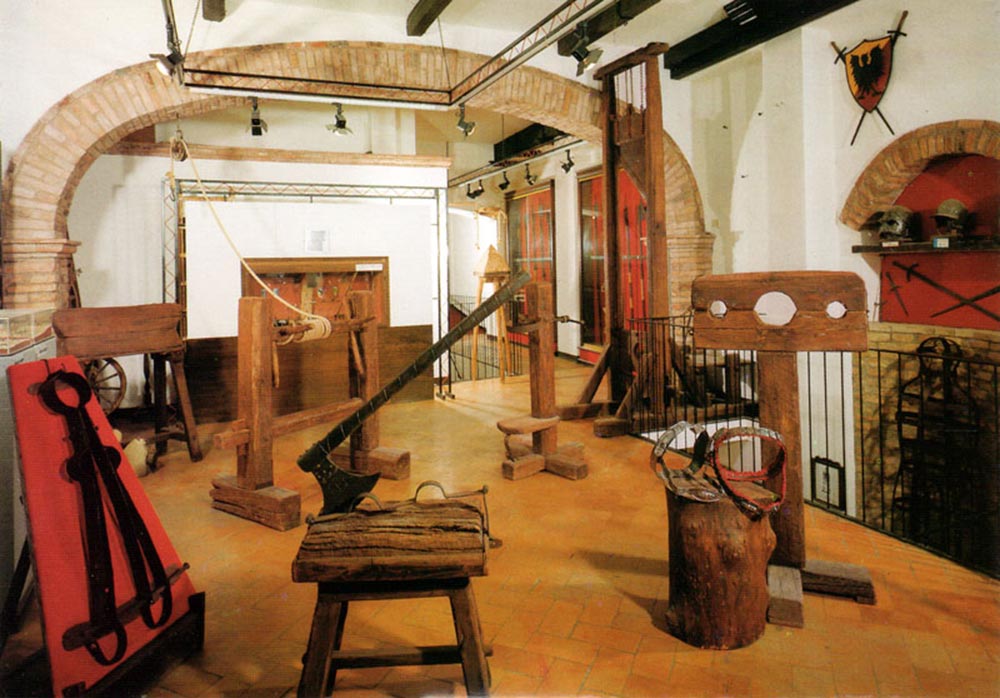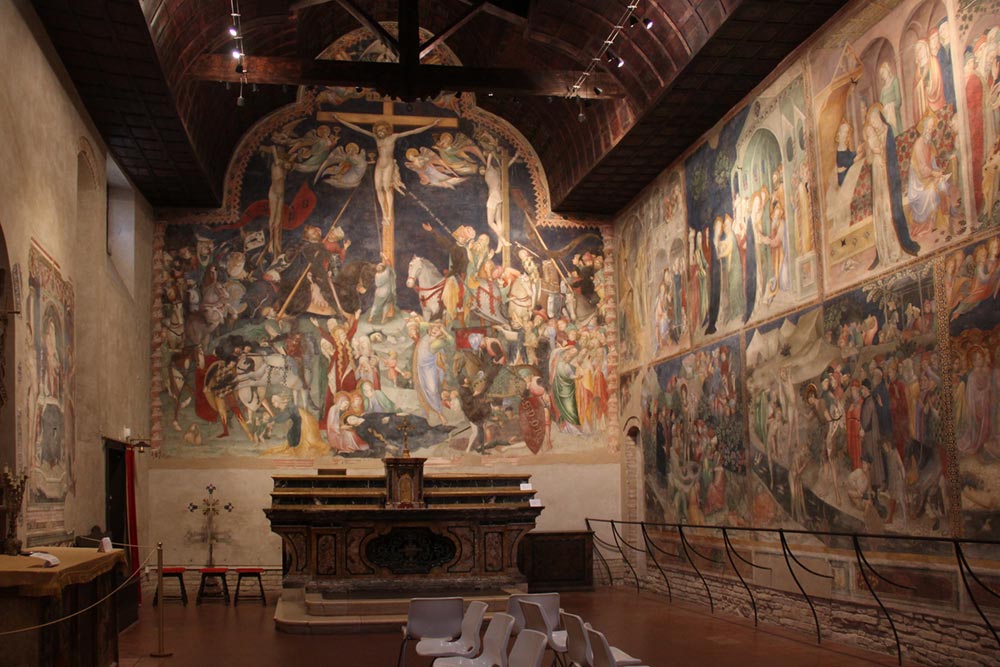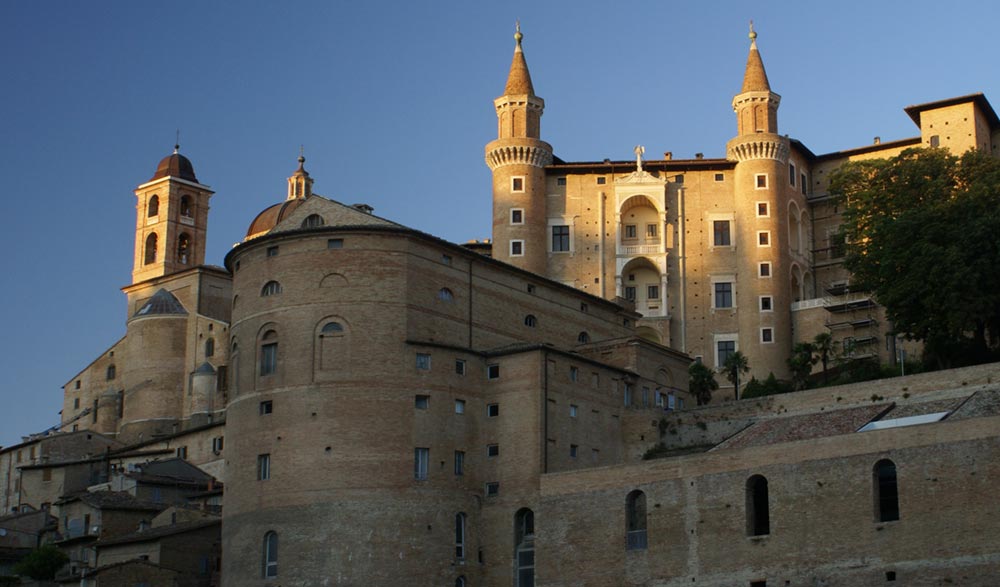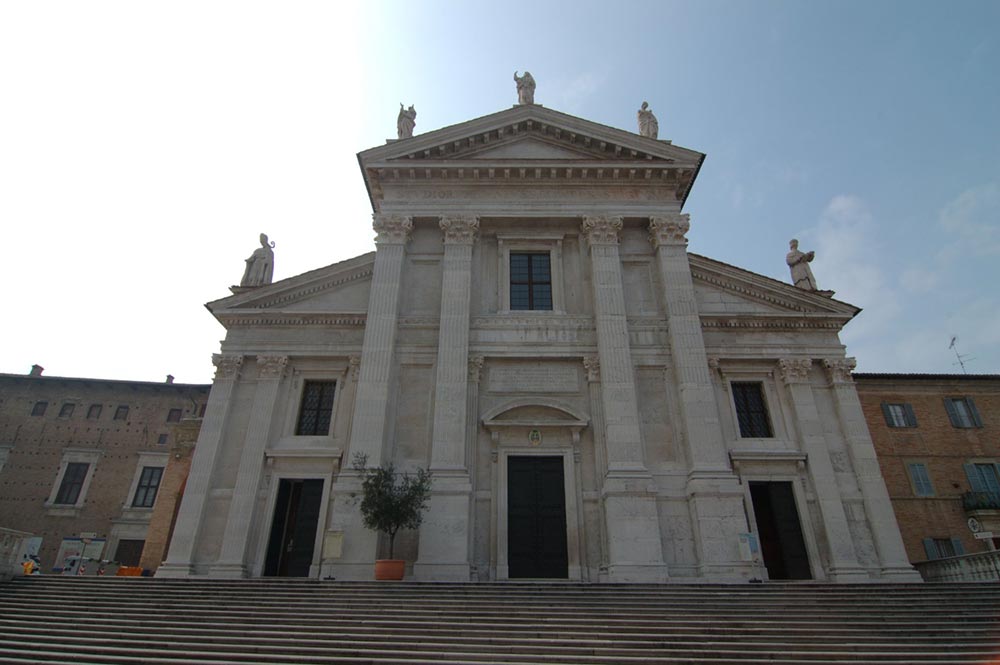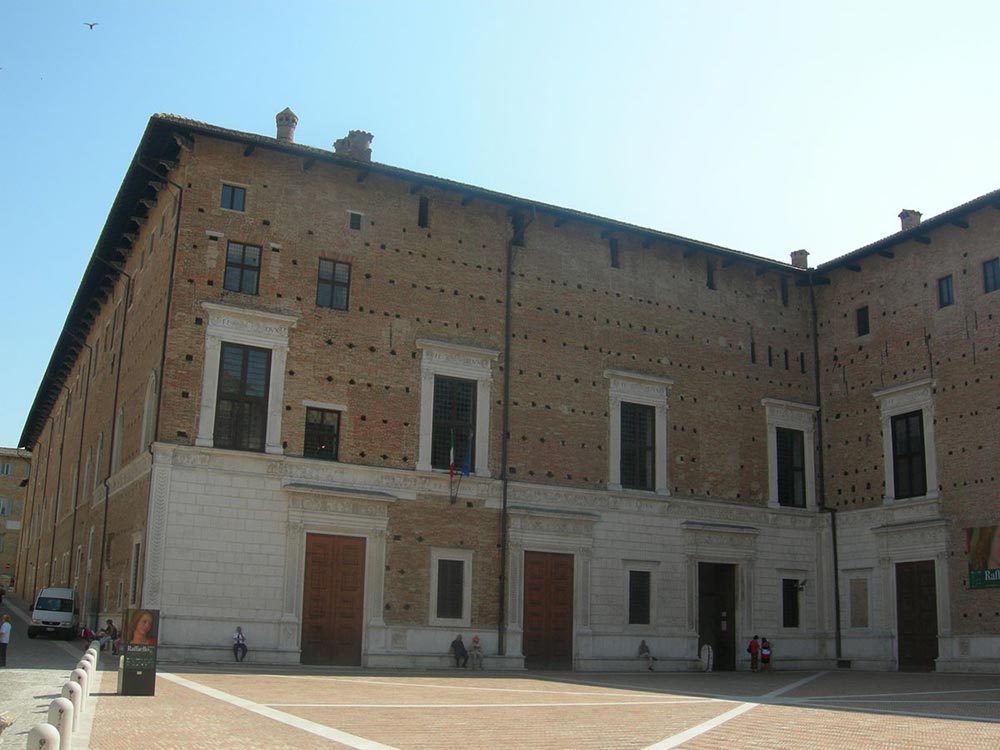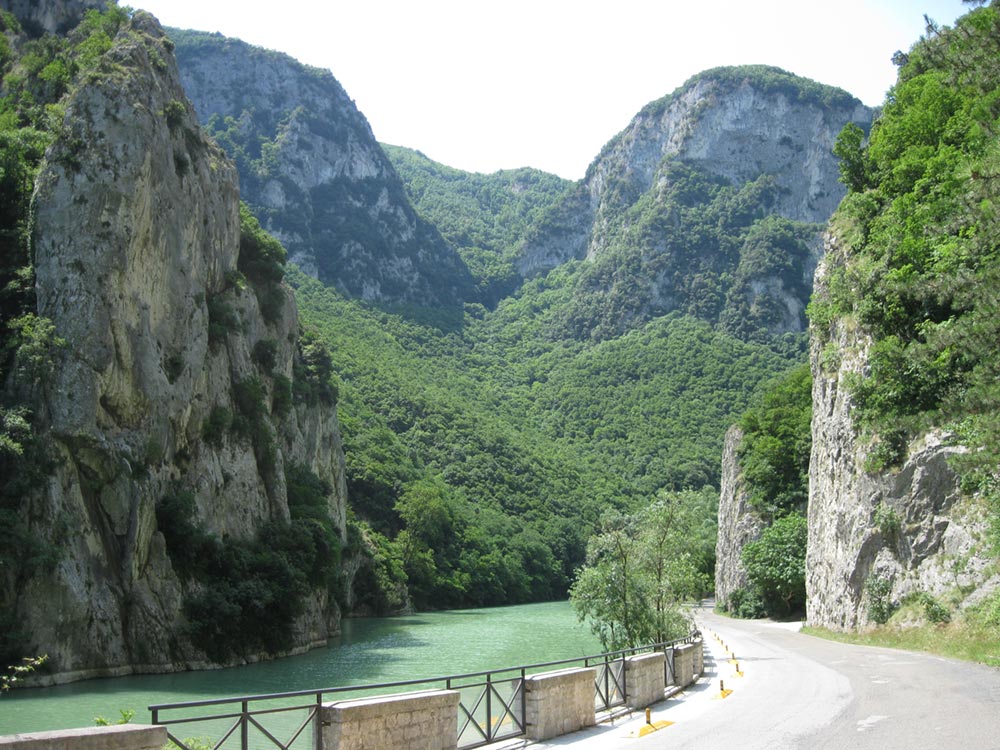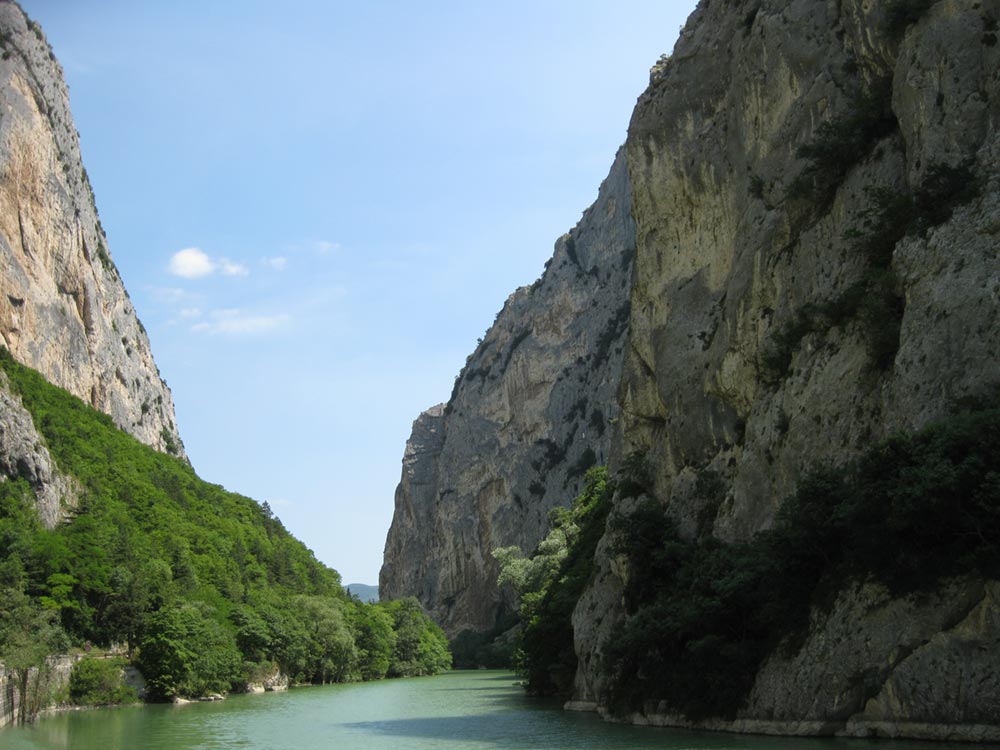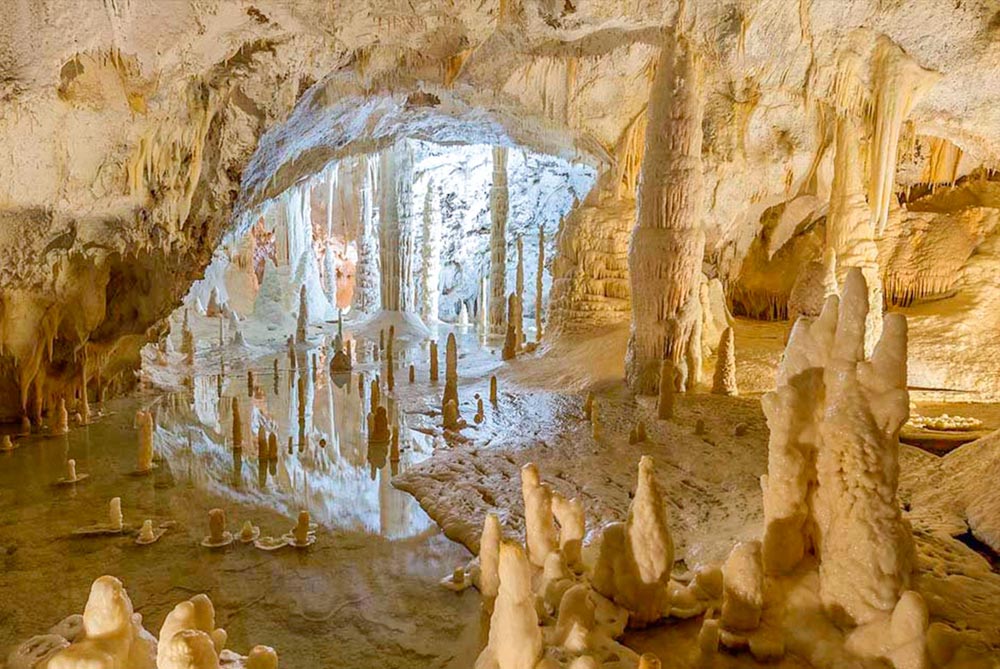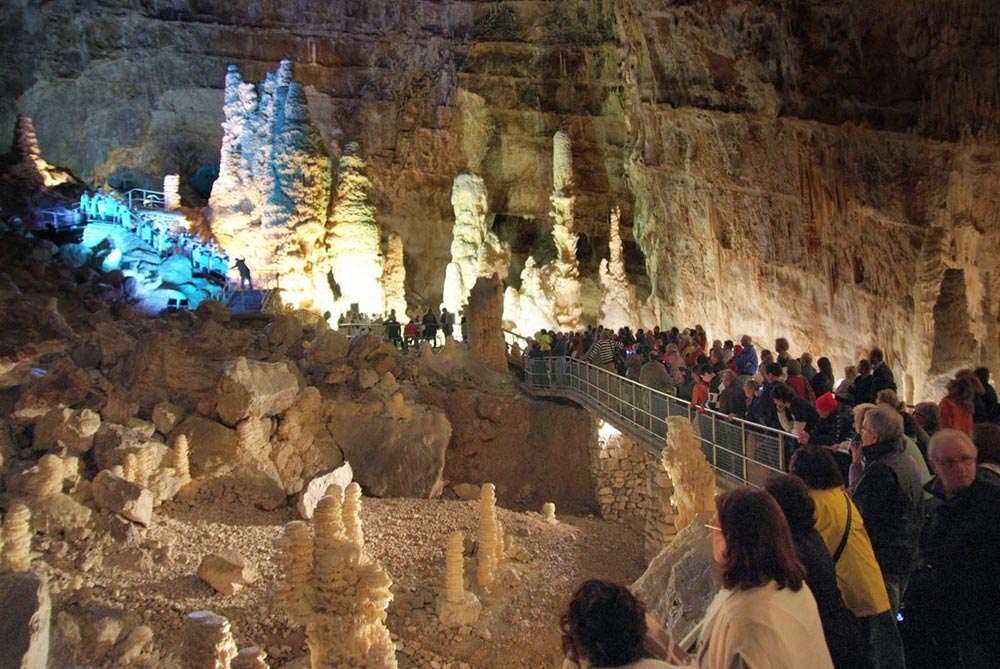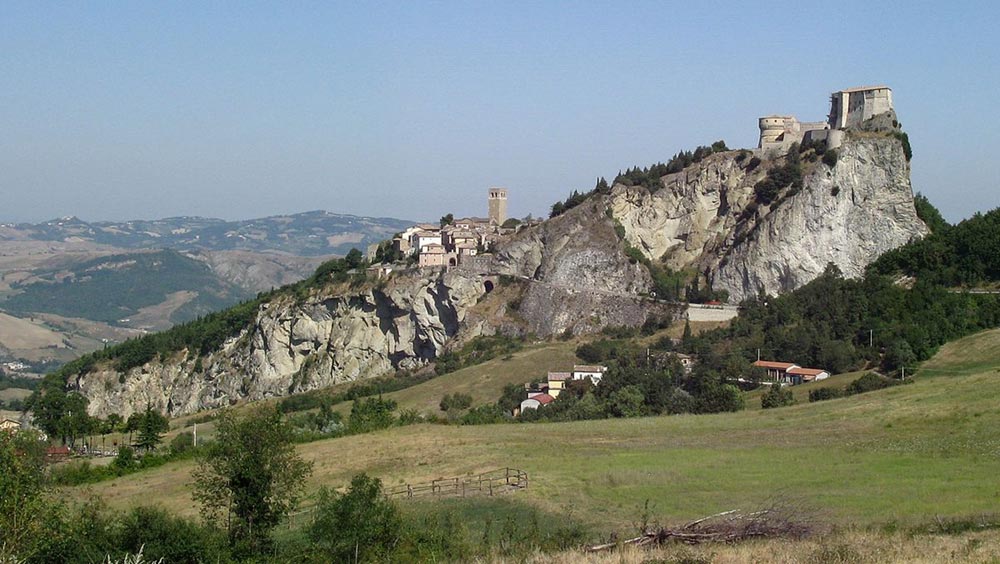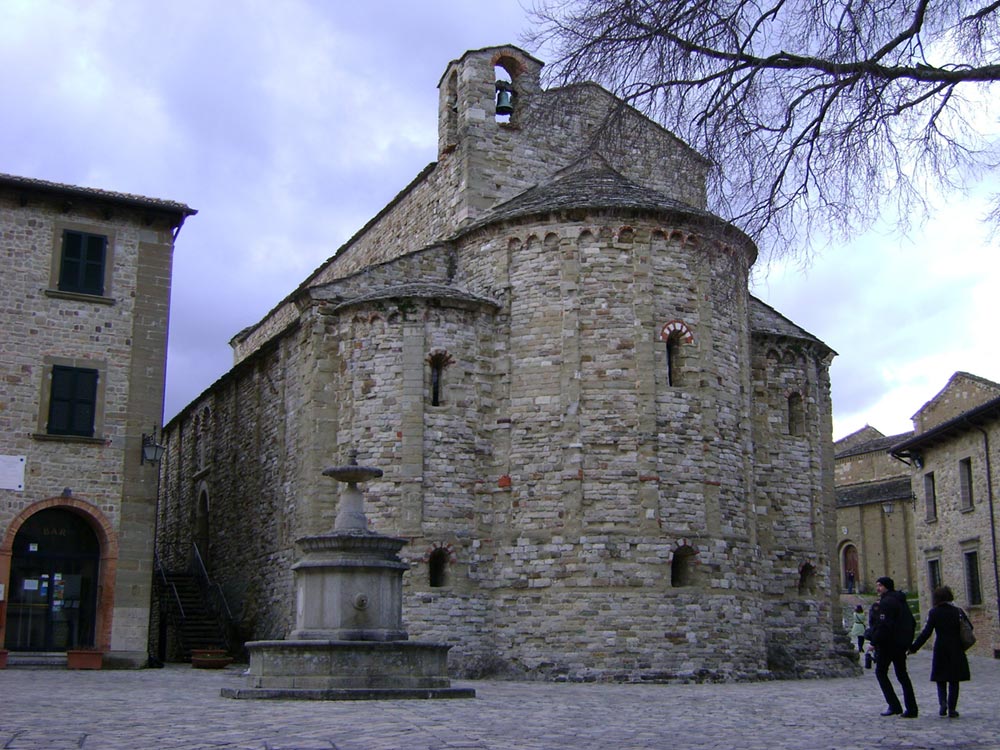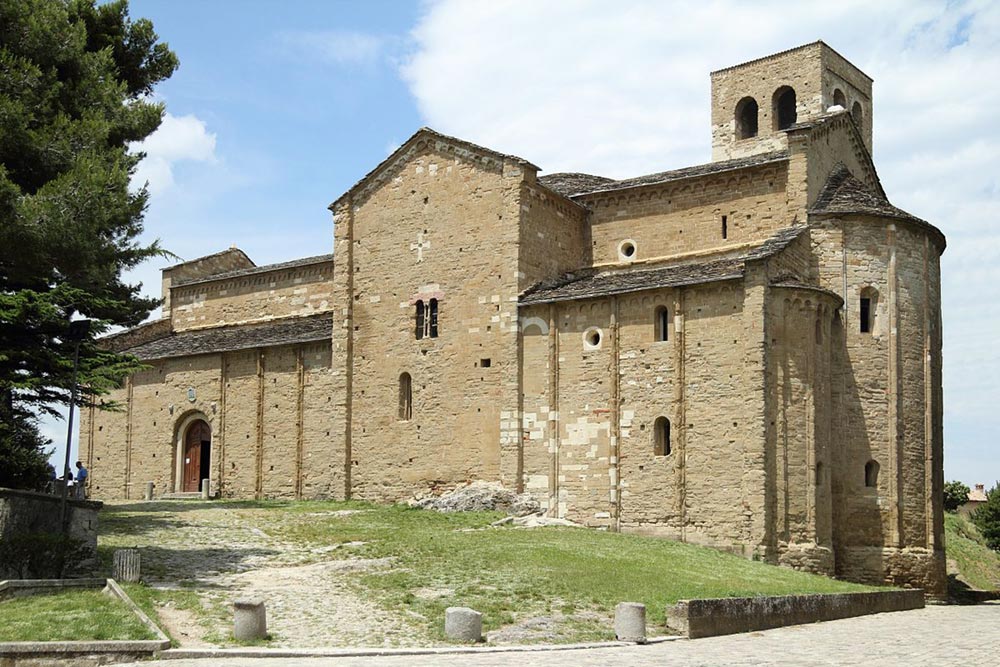VISIT THE HEART OF THE MARCHE:: METAURO CAMPING IS SITUATED IN A STRATEGIC ZONE, CLOSE TO THE MOST BEAUTIFUL TOURIST ATTRACTIONS OF MARCHE
From our campsite you can quickly reach the most beautiful cities and naturalistic attractions of the Marches: Pesaro, Urbino, San Leo, Gradara, the caves of Frasassi, the gorge of Furlo and many other fantastic locations.
Once you arrive at the campsite, ask the reception staff for more information and tourist brochures.
BETWEEN NATURE AND HISTORY
FANO (6 km)
Fano founded by the Romans, is today a very popular seaside resort, and a fishing port among the most important of the Adriatic. Fano is a destination for tourism that is attentive to the quality of life: its territory preserves, in fact, a cultural, historical and environmental heritage of the highest order, which allows visitors to pass from the sea to the hills to catch the charm of the landscapes that they lie within a few kilometers. The port divides the long Fanese coastline in two: to the east we find the marble and white beach of Saxony, to the west the golden and shimmering Lido. To the north and south, in the towns of Fosso Sejore, Metaurilia, Torrette and Marotta, wide beaches and small bays welcome tourists in an environment in harmony with nature.
GRADARA (28 km)
The fortress of Gradara was built between the eleventh and fifteenth centuries and became the scene of the perennial struggle between the Malatesta and the Montefeltro, to then pass under the dominion of the Sforza. However, there were no diatribes between noble families to give fame to the Rocca and make it a place full of charm, as the great poet Dante Alighieri. In the V Canto dell’Inferno, the Divine Comedy tells the passionate and tragic love story that involved Paolo and Francesca, who became a symbol of lovers of every age. It is said that their turbulent relationship had as its backdrop the Rock of Gradara and the room of lovers housed inside the fortress, still suggests the atmosphere of an exciting and tragic evolution of feelings.
URBINO (35 km)
Urbino is a city of art and every street, every corner of the charming old town offers visitors pleasant surprises. The attractions not to be missed are so many that the city can very well represent an itinerary without being combined with other centers. Urbino is united to the memory of the Montefeltro and Raphael and their names are linked to the fundamental stages of a visit to the city. The Palazzo Ducale, residence of the dukes of Montefeltro, dominates the hill and an effect between charm and fear is the sensation that generates at first sight, the same that the Duke Federico wanted to get. The Palace is home to the National Gallery of the Marche: and it is impossible to mention all the masterpieces preserved, suffice it to say that visitors can admire the works of artists such as Piero della Francesca, Raphael or the Flemish Giusto di Gand. residence of the Duke and its extraordinary and full of visual effects studies, we will continue the visit to the medieval quarters and fifteenth, where you can admire the many interesting churches: San Domenico, Sant’Agostino, San Francesco. Also of great appeal are the testimonies of the work of lay associations, the so-called brotherhoods. To them we owe the beauty of the oratorios still preserved: Oratory of San Giovanni Battista, Oratory of the Confraternity of San Giuseppe, Oratory of Santa Croce. Evocative also the testimonies of Raffaello’s stay in Urbino. The birthplace of the painter, located in the homonymous street a few steps from the central square, opens to the public the premises that saw the first creations of the artist.
GOLA DEL FURLO (45 km)
Traveling along the Flaminia towards Fano-Roma it is inevitable to pass under the Furlo tunnel, located at the foot of the Gorge that divides in two what was once a single massif. For millions of years the Candigliano river has crossed it, leaving a deep rift on its path. It is also for this reason that our mountains contain a surprising variety of interesting elements. First of all it is certainly the natural one. Il Furlo hosts wild animals of great ecological value (Wolf, Golden Eagle, Little Albanella, Peregrine Falcon, Sparrowhawk, Chough, Wallpecker) and plants of botanical interest (Moehringa papulosa, Salix apenninica …). Not to mention the 2500 hectares of state-owned forests, the two Floristic areas that are real biological sites under construction. In this wonderful natural setting it is possible a wonderful journey through the history of the earth which, through the geological sequences visible on the limestone cliffs of the gorge, is within everyone’s reach. Among the other interesting elements we must also highlight the ancient rural tradition, from which derives the recent culinary culture linked to truffles. The Monti del Furlo and the nearby Acqualagna are among the leading producers of black truffles and fine white truffles from central Italy.
GROTTE DI FRASASSI (88 km)
A few kilometers more is certainly justified by the extraordinary beauty of the natural park of Frasassi and the Red Gorge. To reach Genga, the center of the Ancona hinterland, it is sufficient to take the A14, exit at Ancona Nord, then continue on the Ancona-Rome freeway exiting at Genga- Sassoferrato. You will find yourself facing a narrow gorge called the Frasassi Gorge. At the foot there is Genga, a tourist center where the attraction that more than any other attracts visitors is undoubtedly that of the Caves of Frasassi. The Caves constitute a hypogeum complex defined as one of the most beautiful in the world. The CAI speleological group of Ancona discovered them in 1971 and already three years later it was decided to open to the public what immediately appeared a treasure of inestimable value, an attraction with a rare suggestive power. Over the years, the route for visitors has been corrected and improved to accentuate the colors and shapes of the concretions, stalactites and stalagmites, but also the natural water features and the majestic vaults with the right scenographic measures. It is possible to visit the Caves throughout the year, with the exception of 1 January, 4 and 25 December. Since 1997, Frasassi has been part of the Regional Natural Park of the Gola della Rossa and Frasassi, the largest regional protected area. A journey through the Park is a journey to discover the historical and artistic treasures, hidden by landscapes full of charm and harmony, immersed in an intact and lush nature. The natural sceneries are inserted in a larger area, that of the Mountain Community of Esino-Frasassi and the municipalities affected by the park area are Arcevia, Fabriano, Genga and Serra San Quirico, centers with many historical, archaeological and cultural treasures.
SAN LEO (90 km)
The fortress of San Leo was built in the Middle Ages and here -the last capital of Italy in the first millennium- was born the Holy Roman Empire of Germanic lineage. In the fifteenth century the fortress was enlarged by the Sienese architect Francesco di Giorgio Martini at the behest of Federico II da Montefeltro. The impregnable Rocca keeps the memories linked to the last days of life of a famous: Giuseppe Balsamo, better known as the Count of Cagliostro. A character on the border between history and legend; alchemist, physician, magician and mason, Cagliostro was branded as a fraud by the Papal government that condemned him to the maximum sentence: death. The commutation of the sentence into life imprisonment did not help much: the chosen prison -the Rocca di San Leo in fact- proved to be a place of slow agony. First confined in the so-called Sala del Tesoro, and then transferred to the “well”, Cagliostro died four years later, refusing the sacraments.



